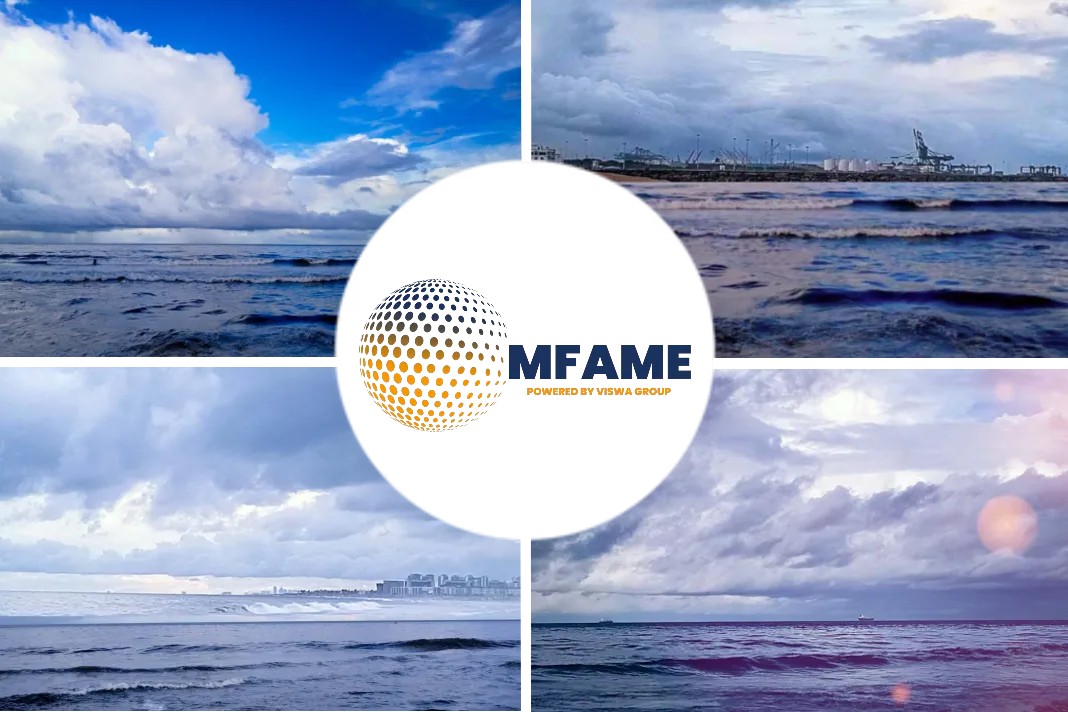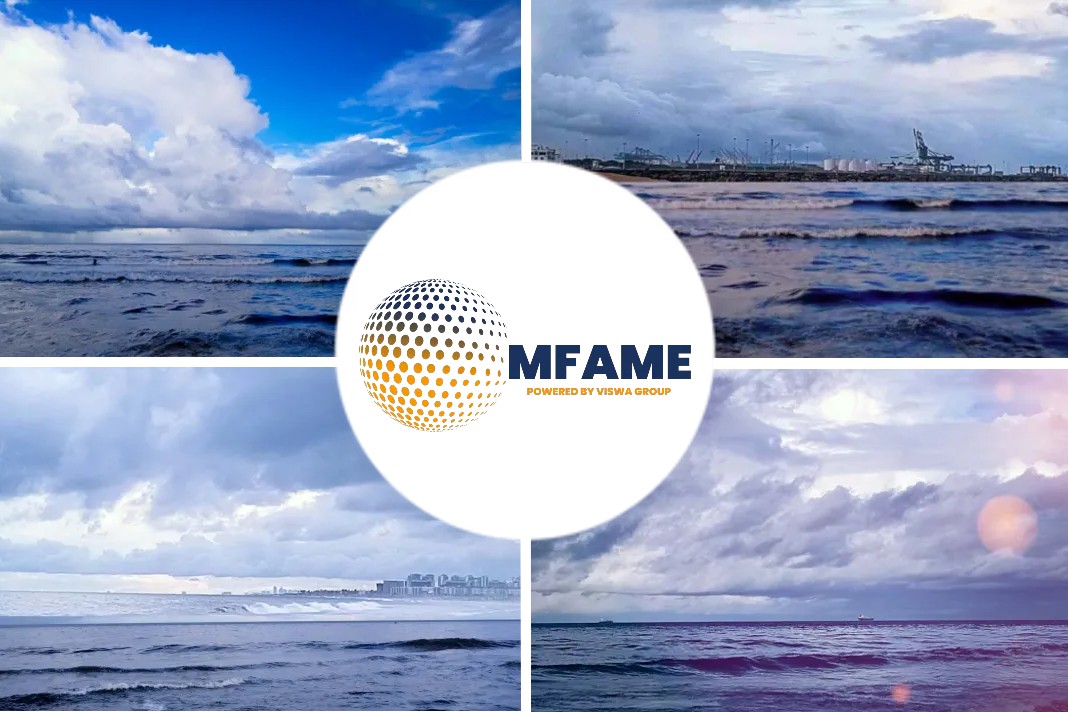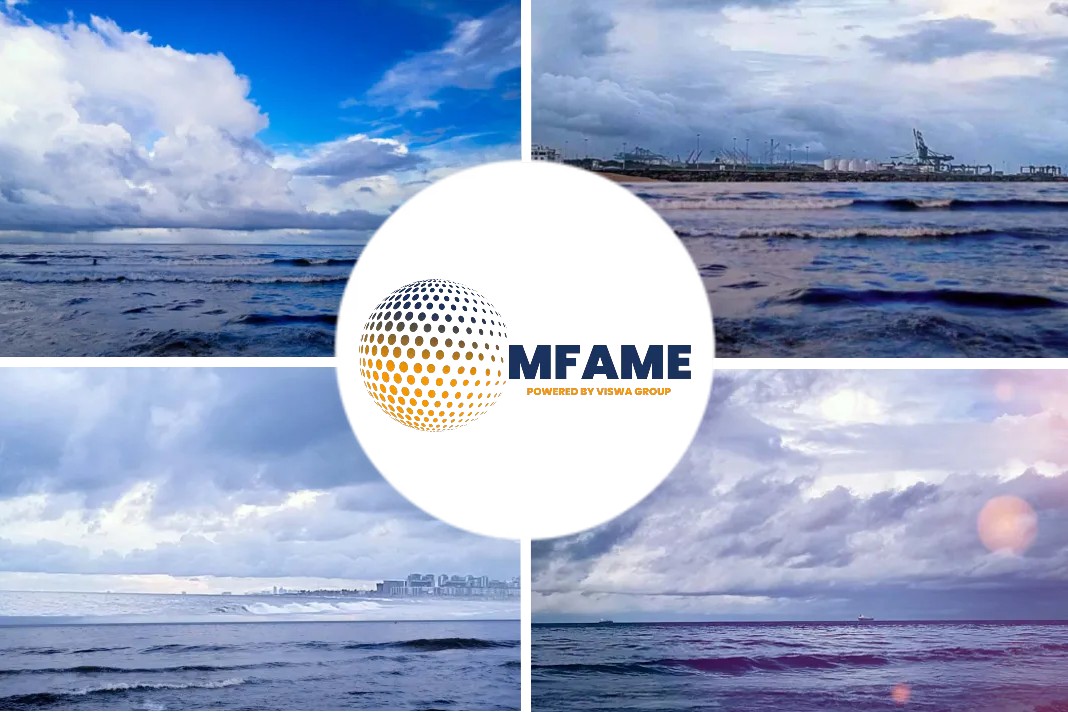- Transatlantic and Transpacific shipping rates display a strike contrast to each other in the present Covid 19 situation.
- On one side, the freight rates for the transpacific reaches new heights with Asian exports, on the other side, the transatlantic trade route with European exports is getting worse.
- Whereas, freight rates for the two trade routes were vice-versa prior to Covid-19 with transatlantic enjoying a good share of the U.S. imports and transpacific doing poorly.
- U.S. importers sourcing goods in Asia opt for a faster transits to California contrast to the longer route via the Panama Canal to the ports on the Atlantic coast.
- At the same time, lower cargo flows from Europe further curb the East Coast share.
A recent news published in The freight waves written by Greg Miller demonstrates the challenges faced the transatlantic trade route in contrast to the transpacific route that is doing well during this Covid 19 pandemic.
Land transport on a high
The East-West split has significant implications for land transport. The more cargo unloaded at the docks in the West, the better for rail and the worse for trucking, and vice versa.
Asian cargo unloaded in California and destined for Eastern states creates more rail volume eastward.
Asian cargo unloaded in the East and destined for Eastern states leads to fewer rail miles eastward and more trucking miles westward.
Freightos Baltic Daily Index
According to the Freightos Baltic Daily Index the freight market is performing weakly since the march beginning.
- The cost per FEU to ship from Asia to the West Coast has more than doubled.
- The cost from Asia to the East Coast is up by third.
- In contrast, the cost from Europe to the East Coast is down by 2%.
A glimpse of customs and rail data
Customs data
- Since March 1, the number of customs forms has almost quadrupled in Long Beach, California.
- It has more than doubled in Los Angeles.
- But customs filings in New York/New Jersey are flat and those in Savannah, Georgia are down 2%.
Rail data
- Since March 1, 40-foot loaded containers on rail from Los Angeles to Chicago are up 64%.
- Volumes from New Jersey to Chicago are up only 6%.
Trouble on the Atlantic
“The Europe-North America trade is not yet enjoying increased cargo demand,” said Alphaliner in its latest weekly newsletter. “Whereas most blanked [canceled] sailings have already been reinstated on the trans-Pacific … more void sailings have already been announced for the trans-Atlantic trade.”
Alphaliner reported that weekly Europe-North America capacity was down 4.8% in July versus the same month last year.
“MSC and Maersk have made the biggest efforts to reduce capacity,” said Alphaliner, referring to the partners in the 2M alliance, which has temporarily halted one of its four North Europe-East Coast loops.
Copenhagen-based eeSea.com data
According to the Copenhagen-based eeSea.com data on carrier blank sailings based on U.S. arrival date.
The latest data shows that sailing cancellations remain relatively high on the Europe-U.S. westbound route, averaging 7.3% in the third quarter versus 9.3% in the second quarter.
Demand is falling
- The Europe-U.S. rate had fallen to $1,785 per FEU down 8%.
- The fact that trans-Atlantic rates are sliding at the same time ship capacity remains tempered underscores that transport demand is falling.
“The crisis on the westbound trans-Atlantic is getting worse,” warned Steve Ferreira, founder and CEO of Ocean Audit.
Import of wine down
Imports of wine from Italy, France Spain and Portugal were down 24% in May-July versus the same period last year. Overall container volumes were down 18%.
“Shipments of wine are always one of the bellwethers of westbound trans-Atlantic trade health,” Steve Ferreira told FreightWaves.
“As for auto parts [shipped trans-Atlantic] – forget it,” said Ferreira, noting that auto-parts volumes in May-July were just a third of levels seen a year ago.
Trans-Pacific rates on a boom
In the trans-Pacific, carriers have brought back much more of the capacity that they previously blanked.
The eeSea.com data shows that carriers have blanked 5% of third-quarter Asia-U.S. eastbound sailings versus 14.7% in the second quarter.
Rates climbed through June and the first week of July, then pulled back slightly through the rest of the month.
Then they bounced up again in the first few days of August, following the fourth general rate increase (GRI) since early June.
Asia-West Coast rates had risen to $2,764 per FEU as of Tuesday, according to Freightos.
“These elevated rates are quite surprising,” said Freightos Chief Marketing Officer Eytan Buchman. Rates “point to how unprecedented the current environment is for ocean freight,” he said.
“The rebound in demand that started in June continues to keep rates up,” continued Buchman. Carriers are charging premiums to prevent rolled cargoes. Ships sailing from China are “very full.”
According to Buchman, “Some industry insiders are predicting that this year’s version of peak season will last only through September and will focus on stay-at-home goods like furniture, kitchenware and electronics.”
In other words, current trans-Pacific demand could, to some extent, be borrowing from the future.
Did you subscribe to our daily newsletter?
It’s Free! Click here to Subscribe!
Source: Freight Waves



























